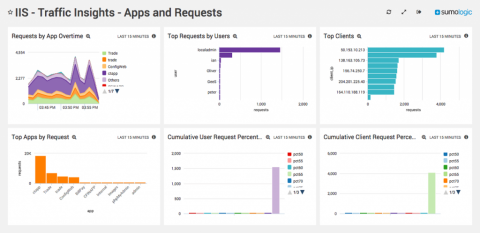Where to Find IIS Log Files
Microsoft Windows Internet Information Services (IIS) log files provide valuable information about the use and state of applications running on the web. However, it’s not always easy to find where those files are to determine important aspects of app usage like when requests for servers were made, by whom, and other user traffic concerns.








